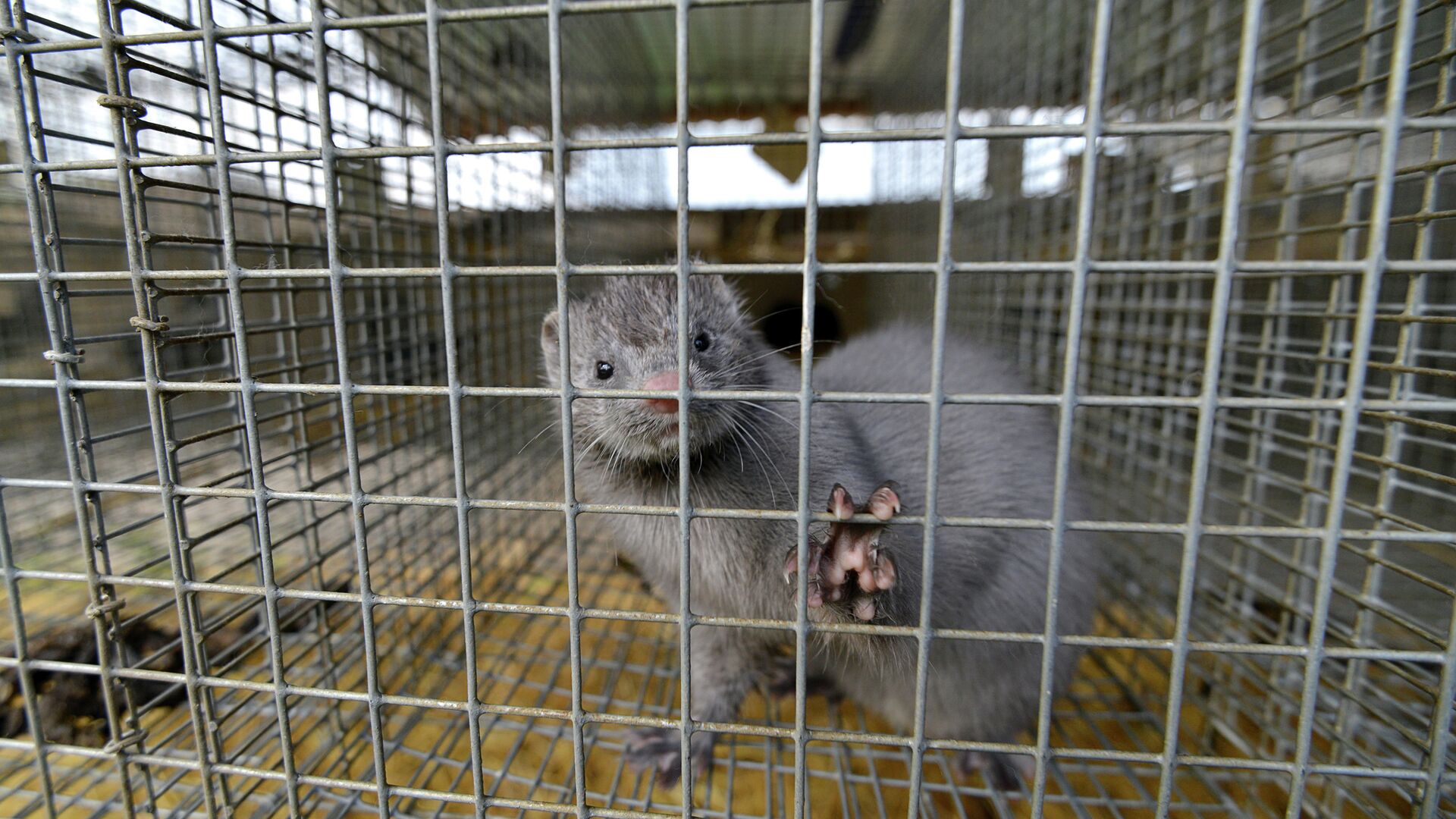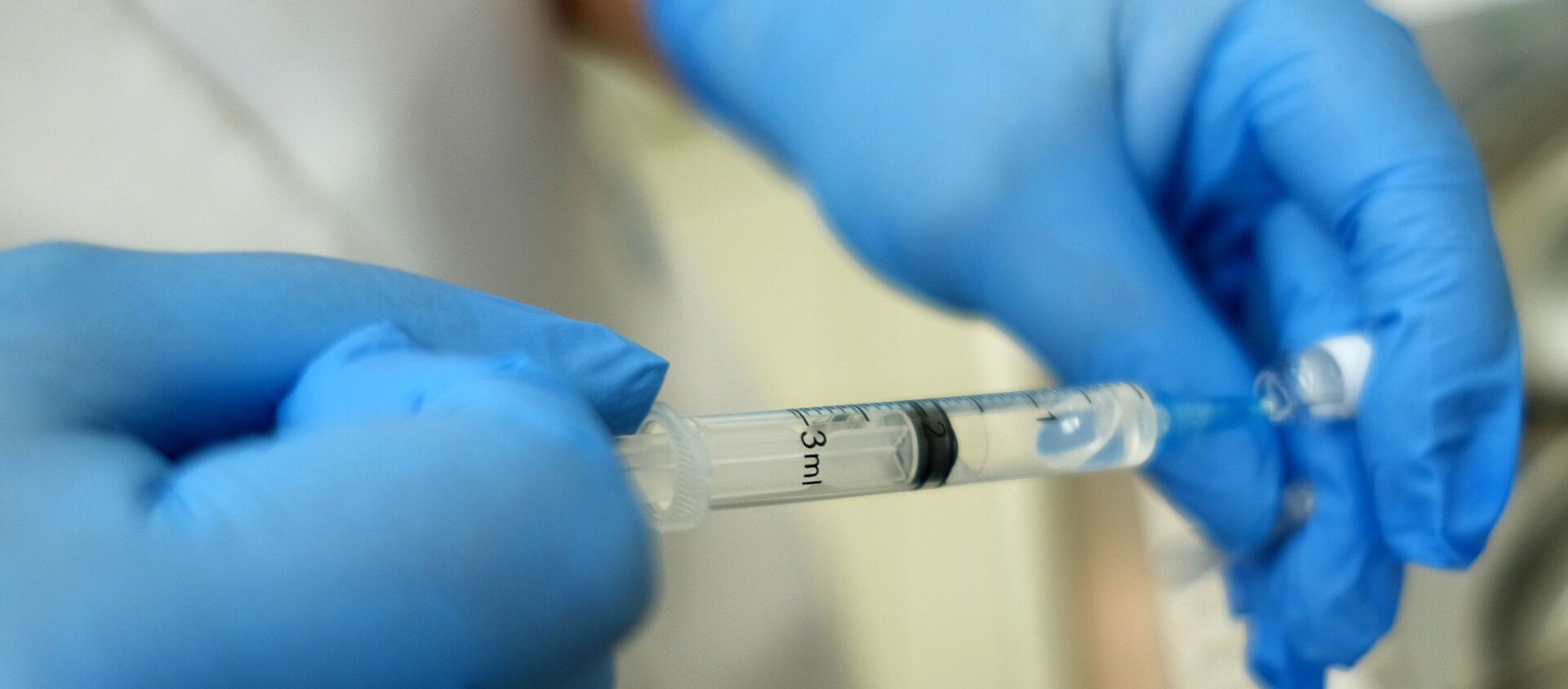The carcasses of millions of minks are polluting the soil where they were buried, Denmark’s environmental protection agency said in a statement. At one burial site, pollution was detected in 3 out of 32 boreholes drilled, while at another it was 1 in 26. The main pollutants were nitrogen and ammonia, which are released during decomposition.
"Substances from buried minks have been found under the mink graves … The first steps are now being taken to collect and clean up the pollution", the agency said in a statement.
However, the government's report dismissed concerns voiced last December that the furry animals may have also polluted the groundwater. The agency said there was no risk of that happening, but added that water from beneath the burial sites should be pumped up and sanitised.
Denmark, the world’s leader in the mink fur industry, was thrown into the spotlight last November when a mutated strain of the coronavirus was discovered in some animals. To prevent the spread of the disease, the authorities ordered to cull the entire population of minks, which was reportedly between 15 and 17 million.
While the gassing of millions of animals was a difficult decision, burying the mammals actually proved to be an even more daunting challenge. After long consideration, the authorities decided to inter the animals in pits in a military area. However, a new issue appeared, as the dead animals rose up in their graves as the gas used to kill the minks caused their bodies to swell and rise to the surface.
Now the authorities are planning to exhume all the carcasses in order to incinerate them.



